Finding work shouldn’t be a job.
In the San Francisco of the late 2010s, at the heart of the technological and design effervescence, Uber decided to transform the job market with the launch of a new platform, Uber Works. Their ambition: to make it as easy as possible for employers and employees to get in touch, by optimizing the process. To achieve this goal, they called on us to design the UX for their mobile application.
Revolutionizing the U.S. job market required a clear set of challenges to be met: to offer a fast, simple experience for finding a job or staff in a matter of seconds, with no concessions on working conditions, and maximum transparency on prices, dates and schedules. To design a tailor-made interface, we adopted an iterative approach centered on user testing. This process, both rapid and precise, enabled the application to evolve efficiently. Barthélémy first joined the product team at Uber's headquarters in San Francisco, before continuing the collaboration remotely from France. This dynamic was facilitated by the arrival of Figma on the market, a revolutionary tool that proved indispensable for a project of this scale.
The launch of Uber Works in the Chicago market marked a key milestone. Members of the Uber team spent several months on site for intensive test phases with local employers, particularly restaurant owners, who were the first to be affected by recruitment challenges. The feedback loop was designed to maximize efficiency: Uber collected user feedback and passed it on to us, often during our night. In turn, we listened to restaurant owners' voices, implemented adjustments and new design features the next day, and then held daily Q&A sessions to fine-tune each iteration. This iterative cycle continued until we had an application perfectly adapted to the needs of the market.
Bruno is amazing! Not only are their design skills astonishing, but their attitude is great. It's a pleasure to work with them.
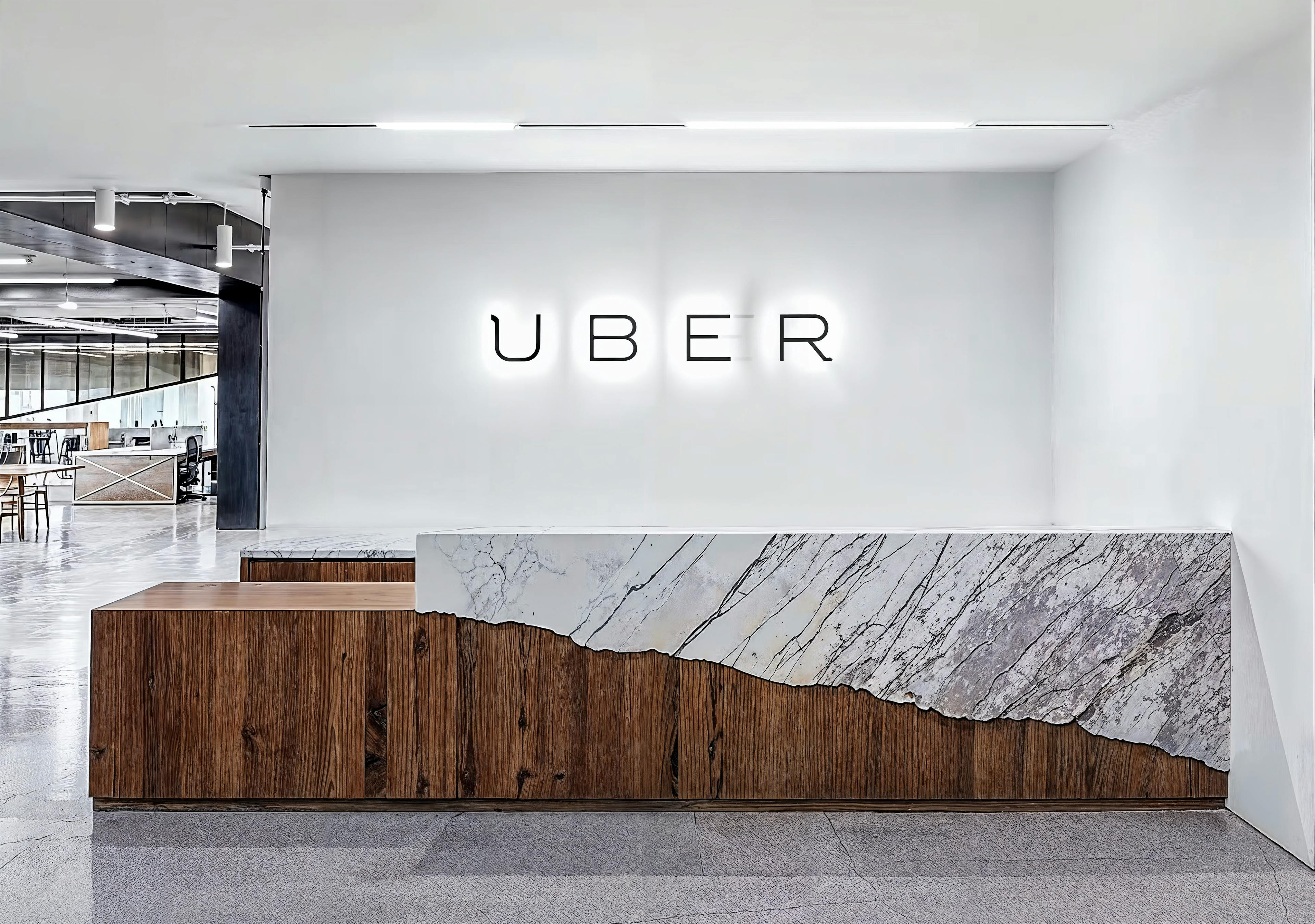
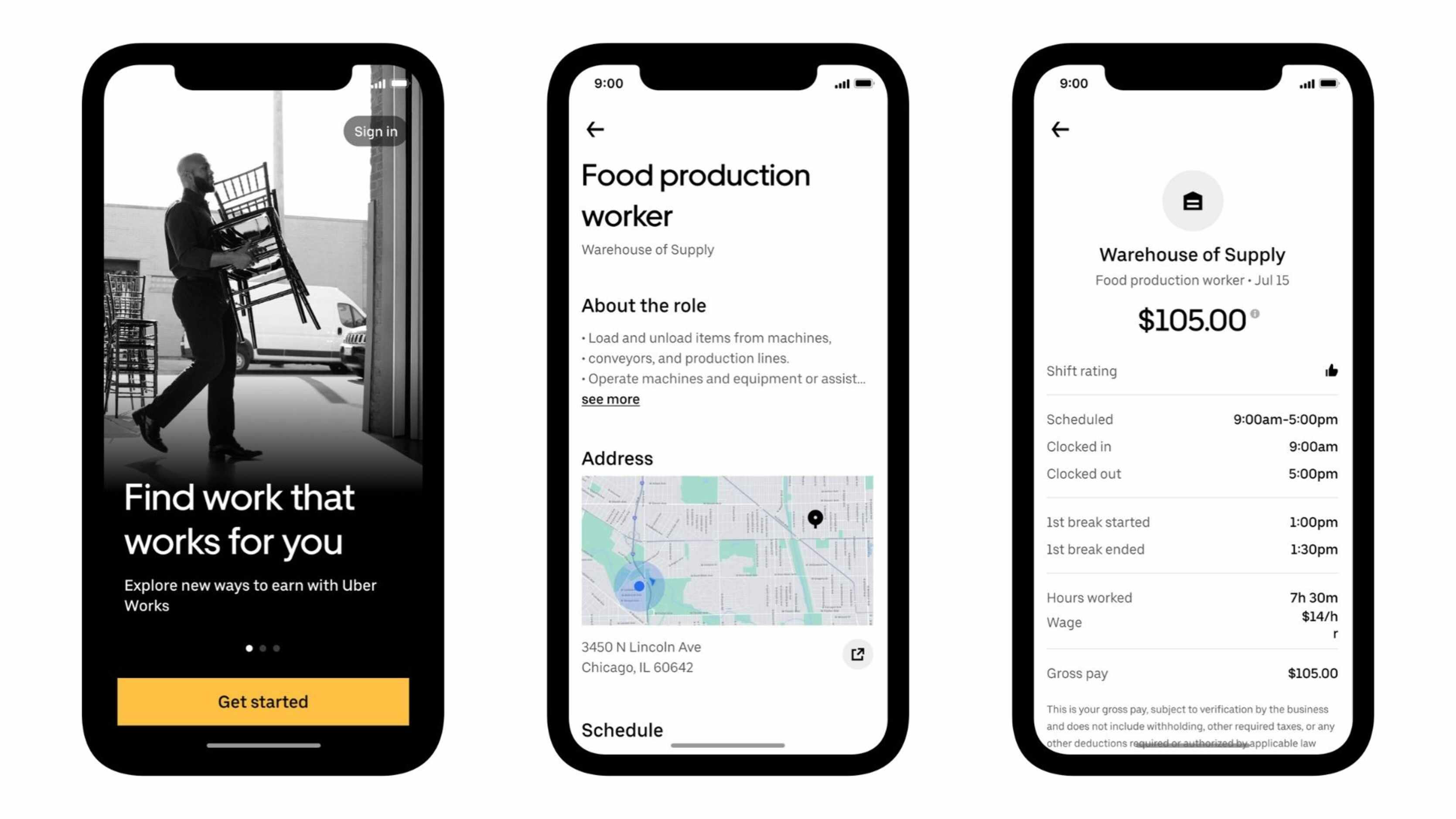

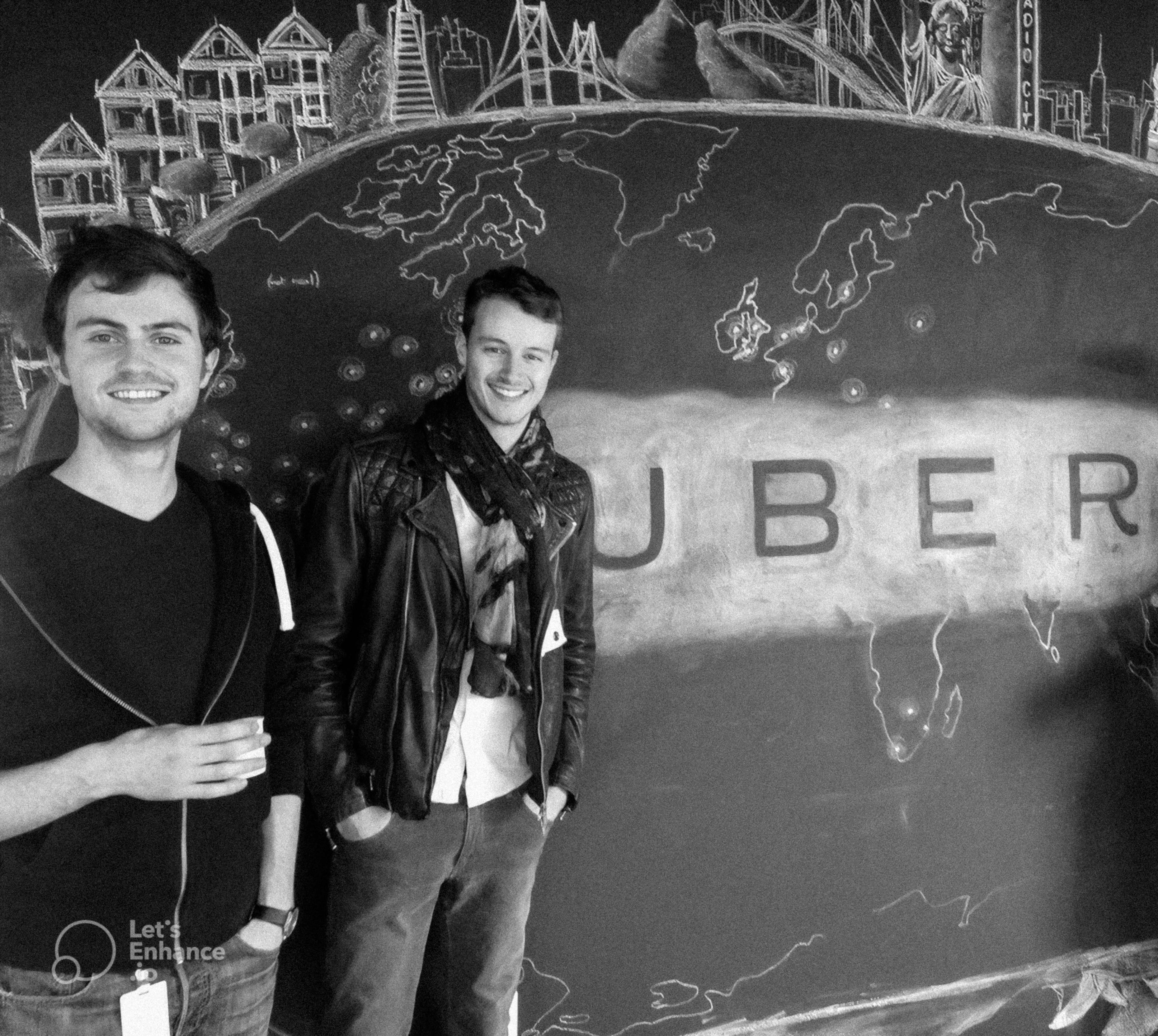
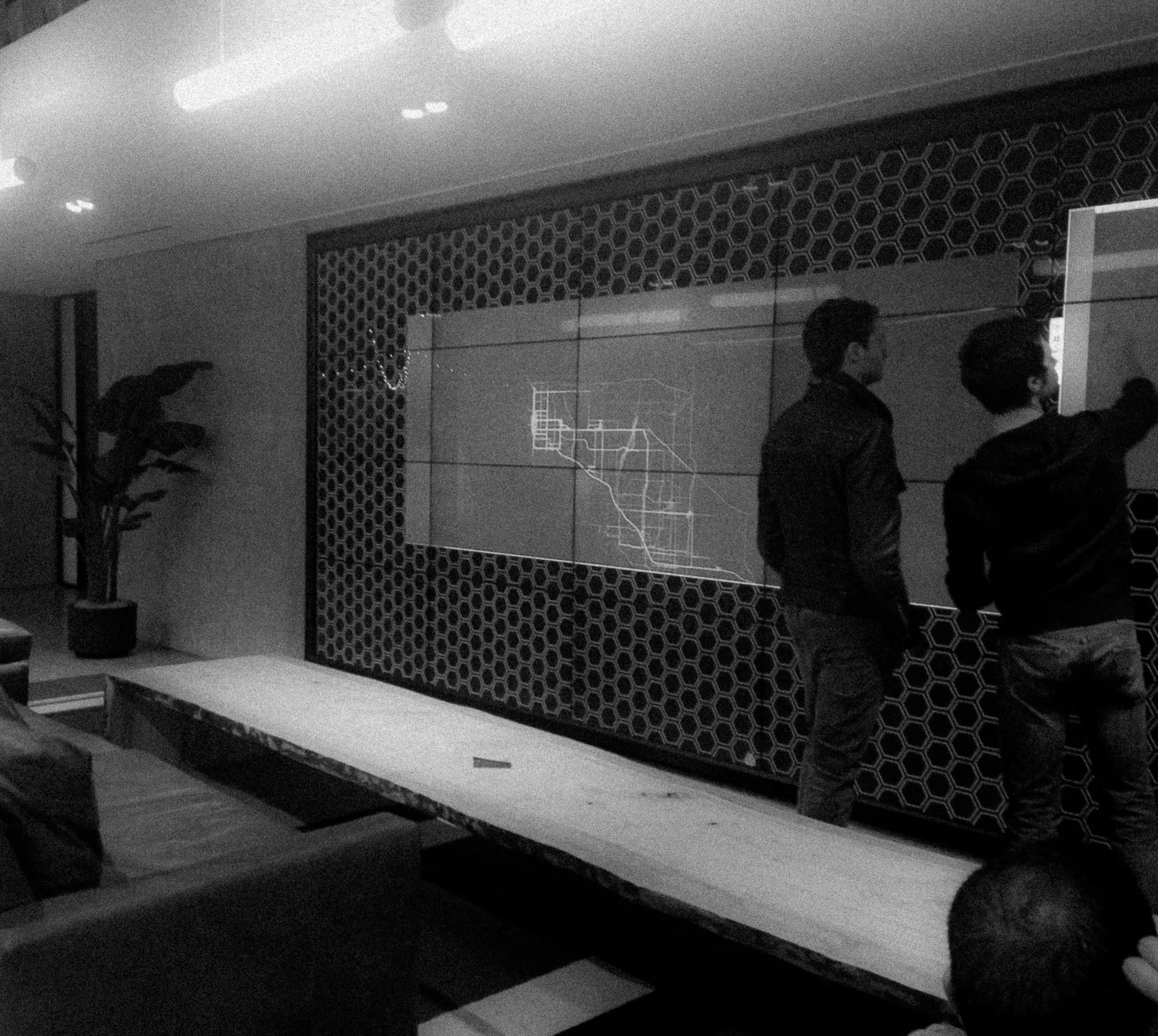
More projects?
The neobank for freelancers
Qonto approached us to establish the foundations of its brand universe. From digital design to web development, including the design of the blue card: we infused energy into this emerging brand.
Deal Signed!
Givemefive, the tool for salespeople for fair pricing and equitable deals
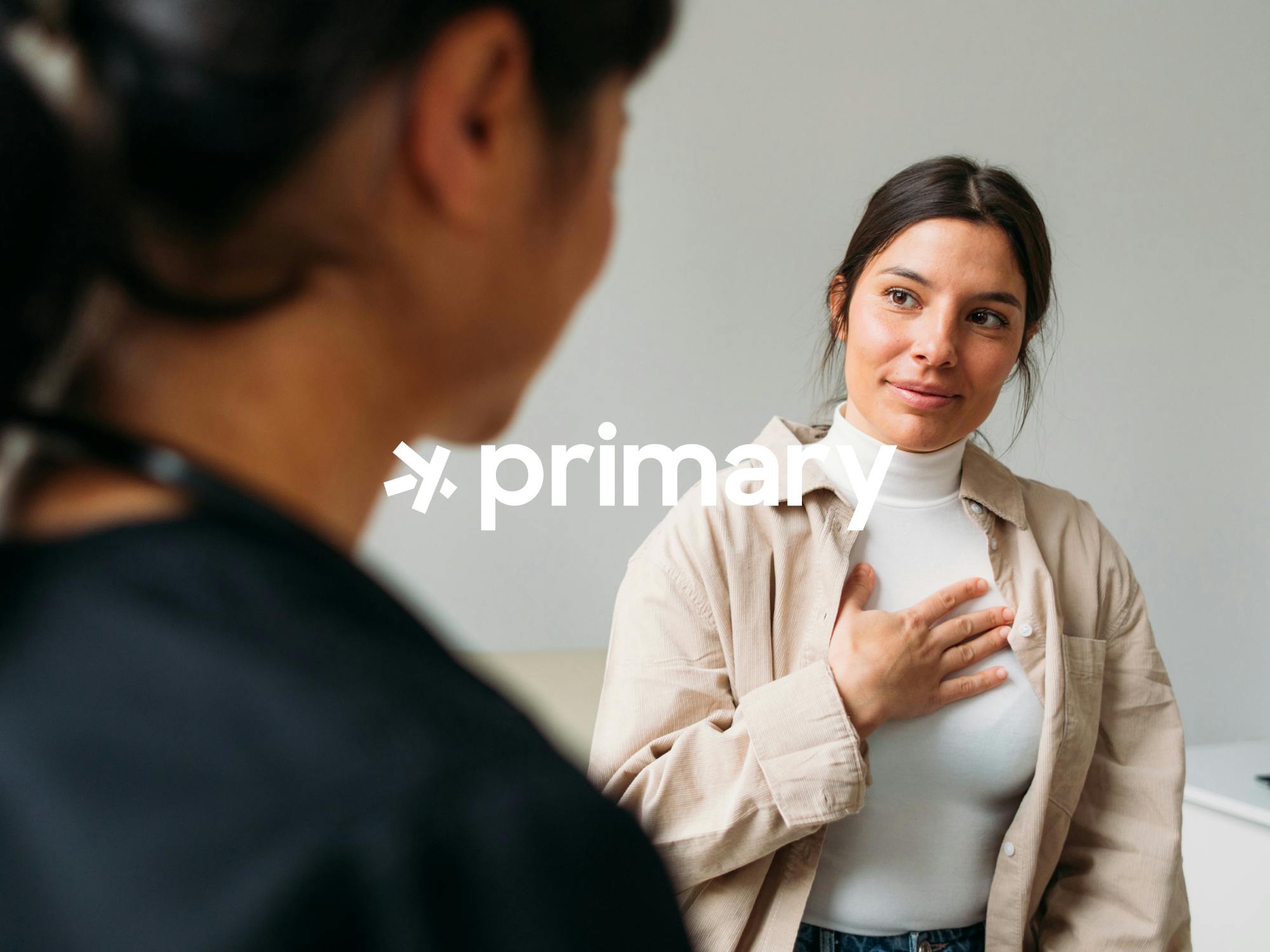
The Family Doctor Reinvented
Primary designs innovative, patient-centered medical offices. We crafted a brand for them that is as warm as it is modern, seamlessly bridging the gap between in-person and digital experiences.

